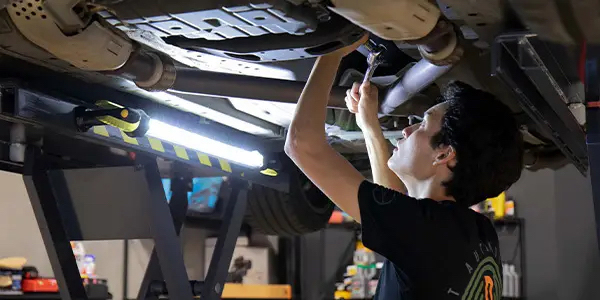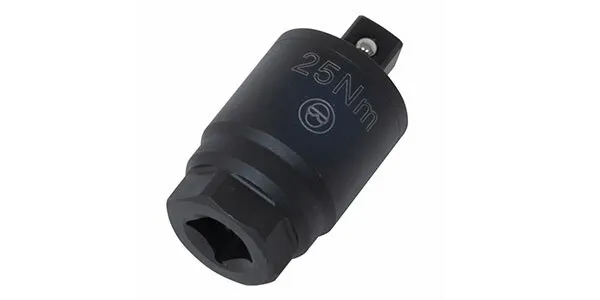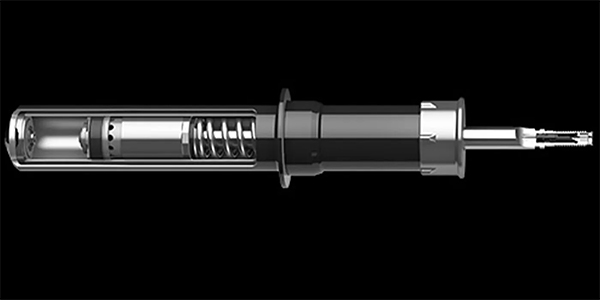The incandescent bulb has had brighter days. For many years, incandescent bulbs and halogen headlights showed motorists the way, illuminating the road ahead with their yellowish lumens and relative inefficient use of electricity. They also served well as stop lights, taillights, turn signal indicator lights, marker lights, license plate lights and interior lights. But one of their shortcomings is that incandescent bulbs run hot and eventually burn out – typically after four or five years of service (sometimes sooner and sometimes later). The upside of bulbs that have a limited service life is a healthy replacement market for the aftermarket. But that’s been slowly changing in recent years as technology continues to evolve.
 The arrival of High Energy Discharge (HID) headlamp systems on luxury cars a decade ago indicated a new direction in lighting. These high-priced premium headlamp systems use high-voltage bulbs that have no filament, thus they last much longer. They also produce a whiter, bluer or purplish light for extended nighttime vision (at least for the driver, not necessarily oncoming drivers who may find the glare of HID headlights annoying or blinding). Though HID headlamps are better in terms of light output, energy efficiency and longevity, they do run very hot and are more expensive to replace when they eventually burn out.
The arrival of High Energy Discharge (HID) headlamp systems on luxury cars a decade ago indicated a new direction in lighting. These high-priced premium headlamp systems use high-voltage bulbs that have no filament, thus they last much longer. They also produce a whiter, bluer or purplish light for extended nighttime vision (at least for the driver, not necessarily oncoming drivers who may find the glare of HID headlights annoying or blinding). Though HID headlamps are better in terms of light output, energy efficiency and longevity, they do run very hot and are more expensive to replace when they eventually burn out.
The HID craze spawned “imitation” incandescent replacement headlamps that were tinted to produce a more bluish light like that of HID headlamps. The aftermarket also introduced a slew of juiced-up halogen headlamp bulbs that ran hotter to produce more light so motorists could see further down the road. Such lights are still an excellent upgrade for motorists who do a lot of nighttime driving, but the trade-off is usually shorter bulb life and more frequent bulb replacements.
The latest trend, of course, is Light Emitting Diode (LED) lighting for everything from market lights, taillights, turn signals, daytime running lights and interior lights to headlamps. The technology has come a long way in a relatively short period of time. The latest generation of LEDs produce more light with less current, whiter/bluer light than most incandescent bulbs for better visibility and last tens of thousands of hours. In fact, many LED lights on late-model vehicles (such as taillights, stop lights, frontal trim lights, etc.) will likely last the life of the vehicle without ever failing and will never have to be replaced. That’s bad news for replacement lighting sales, but good news for customers who want to upgrade an older vehicle with incandescent lights to the latest LED technology.
There are LED replacement lights for almost every incandescent lighting application, from small bulbs to interior bulbs to headlights. The LED bulbs contain internal circuitry that mimics the electrical characteristics of a conventional incandescent bulb — which is necessary for proper operation since most late-model vehicles operate the frontal, rear and interior lighting through various control modules — which also monitor the current loads within their lighting circuits to detect bulb failures. Most of the small bulb LED upgrades are plug-and-play with no modifications required to work properly. The same applies to the latest LED headlights too, although some may require some wiring modifications. CM







